

Section 8.1.Introduction
Although the chance of a nuclear accident is very slim, we need to be prudent and get well prepared for emergency, in order to safeguard the public health and safety.
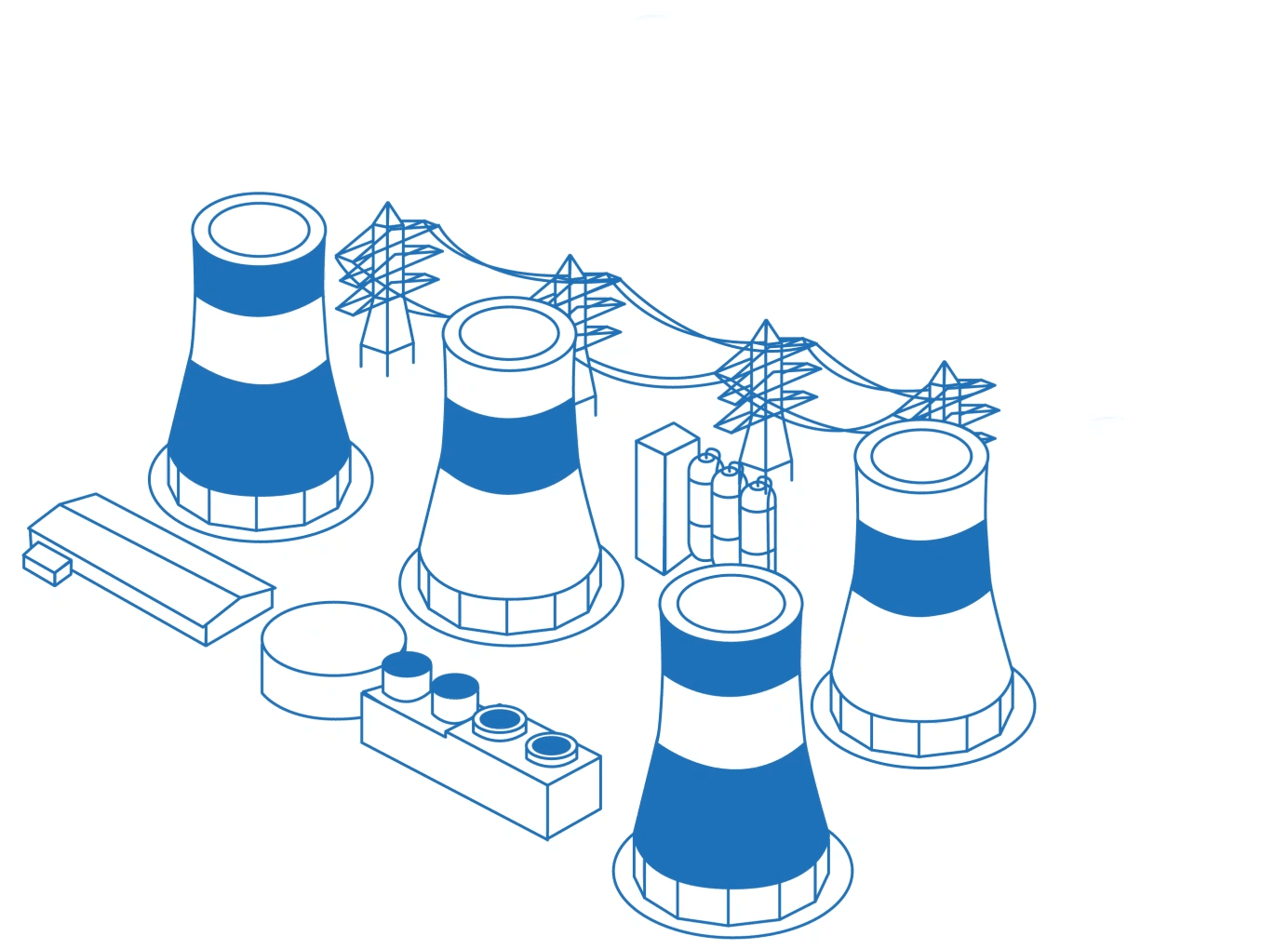

Section 8.2.Education
Gamma-Go
The Observatory's "Gamma-Go" Radiation Measurement Programme is launched for all secondary schools in Hong Kong. It is an experiential STEM activity to enhance students' understanding of radiation, and to collect gamma radiation data at the community level through crowdsourcing. This programme can enhance students' knowledge on radiation and radiation protection, and strengthen the crisis management and response capabilities in case of nuclear accidents.



The Gamma-Go devices provided by the Observatory facilitate students to conduct real-time measurement on site and share the data to a dedicated web-based platform.
Section 8.3.Daya Bay Contingency Plan
The Daya Bay Nuclear Power Station has extremely high safety standards and excellent performance in terms of nuclear power safety. Nonetheness, designing a comprehensive contingency plan is a requirement of good emergency management. Therefore, the HKSAR Government has developed a comprehensive Daya Bay Contingency Plan.


The Daya Bay Contingency Plan prescribes the emergency measures to be taken by the HKSAR Government in the unlikely event of a nuclear emergency at the Daya Bay Nuclear Power Stations or Lingao Nuclear Power Stations. Different bureaux and departments have specific roles to play in accordance with the plan.
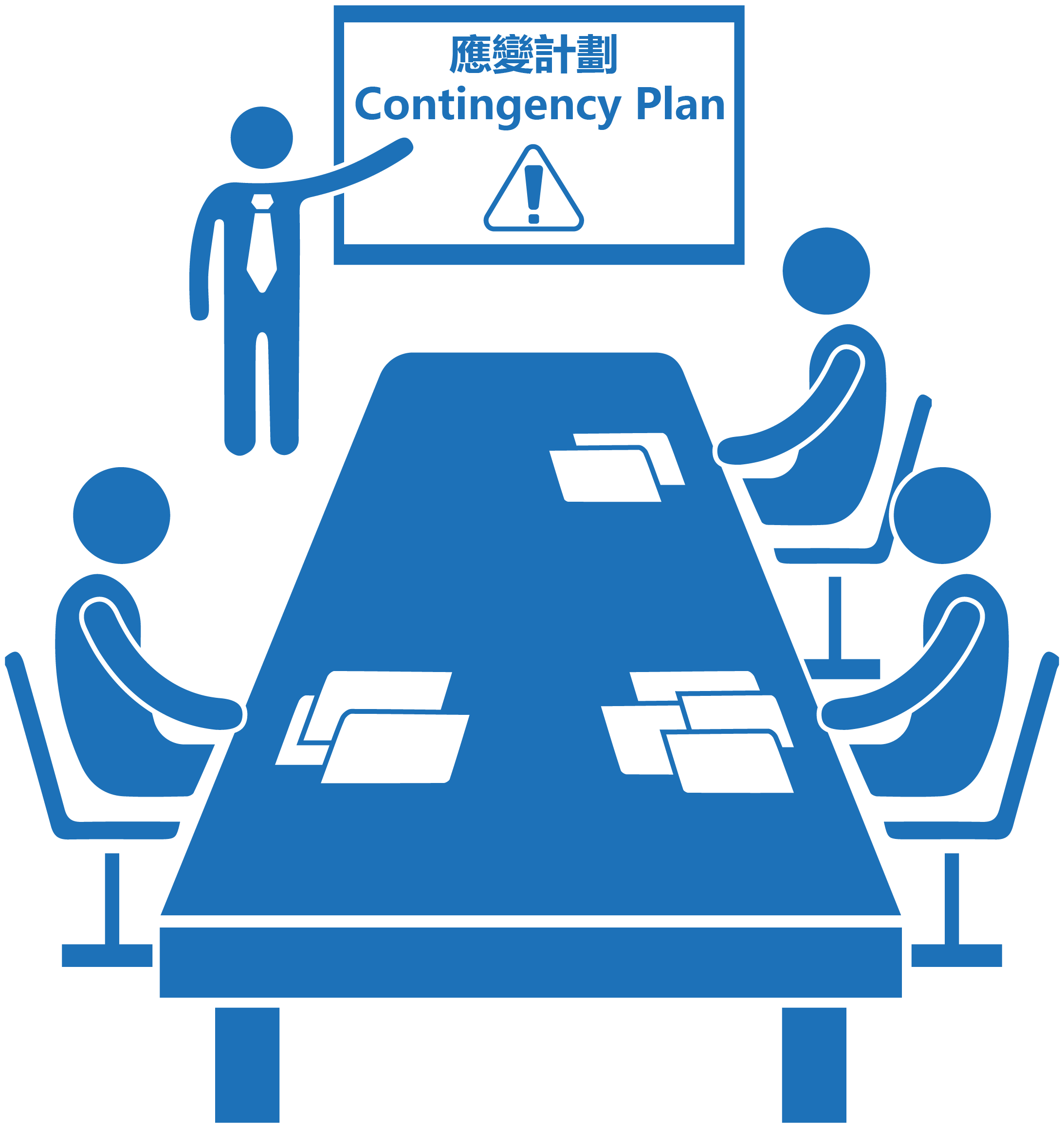

Section 8.4.Radiation risk assessment and monitoring
Risk assessment
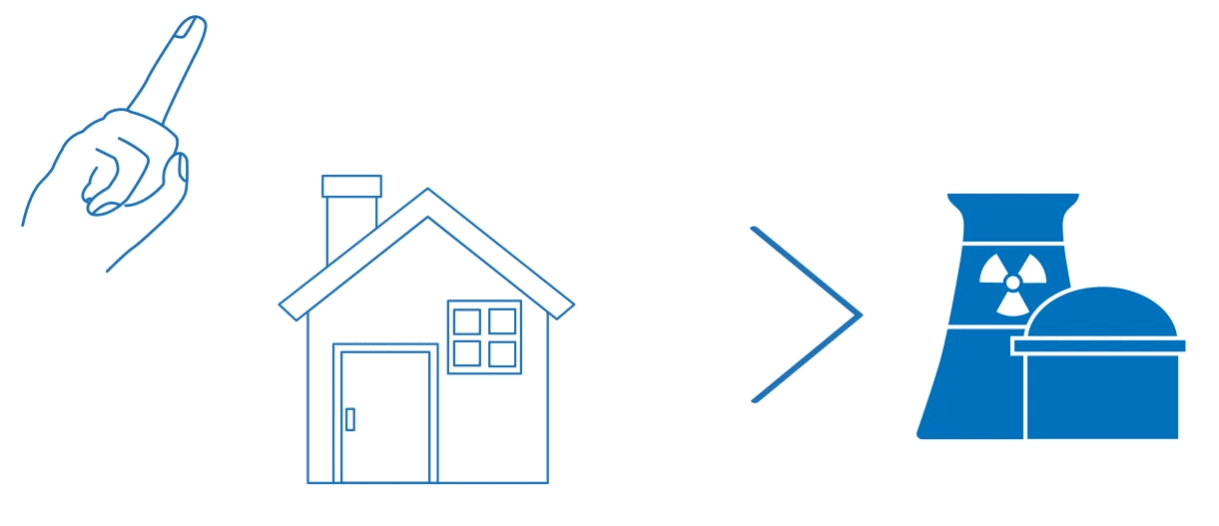
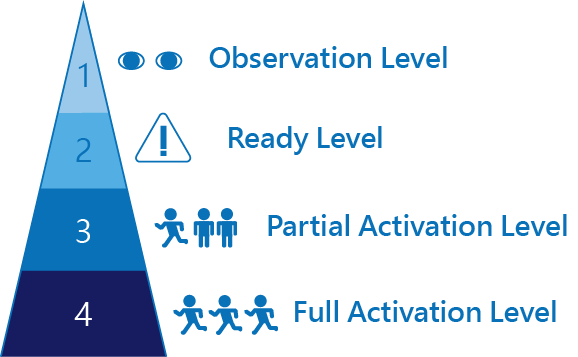
Depending on the nature, severity, distance of accident occurrence and meteorological conditions, the impacts of nuclear accidents to Hong Kong may vary. The government will assess the risks on a case-by-case basis, to decide on the corresponding level of the Daya Bay Contingency Plan.
Section 8.4.Radiation risk assessment and monitoring
Radiation monitoring
Routine radiation monitoring, including the measurement of ambient gamma radiation level as well as radioactivity in air, food and environmental samples, is to safeguard the health of the public in Hong Kong.
Each of the following monitoring works is carried out by different government departments:
Each of the following monitoring works is carried out by different government departments:
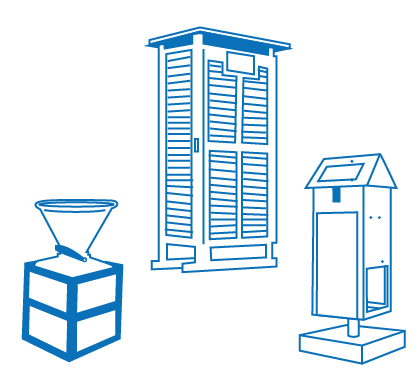 Atmospheric and environmental radiation monitoring by the Hong Kong Observatory
Atmospheric and environmental radiation monitoring by the Hong Kong Observatory
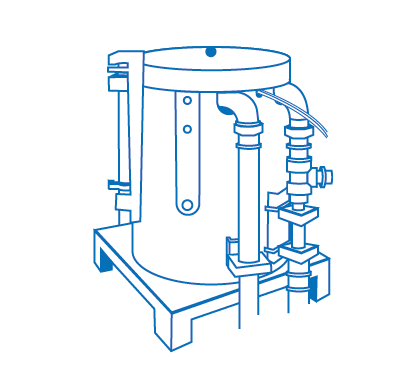 On-line Water Contamination Monitoring Systems by the Water Supplies Department
On-line Water Contamination Monitoring Systems by the Water Supplies Department
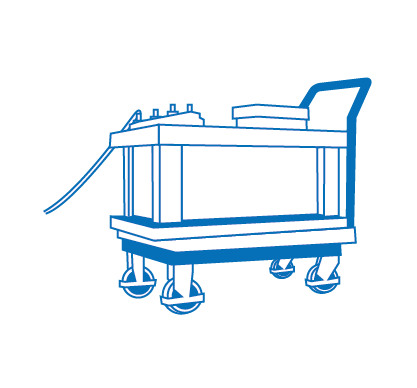 Livestock Contamination Monitoring by the Food and Environmental Hygiene Department
Livestock Contamination Monitoring by the Food and Environmental Hygiene Department
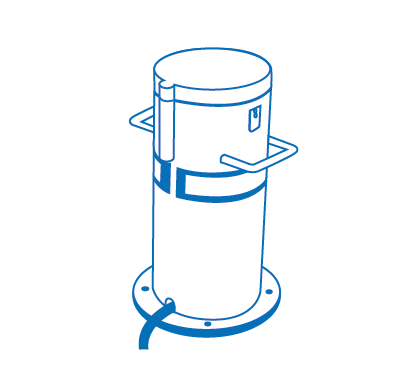 Radiation monitoring of foodstuffs at border points by the Food and Environmental Hygiene Department
Radiation monitoring of foodstuffs at border points by the Food and Environmental Hygiene DepartmentSection 8.5.Emergency Planning Zones in Hong Kong
Based on the International Atomic Energy Agency Standard, Hong Kong has established two Emergency Planning Zones (EPZs)

EPZ1 – 20 km
If needed, Plume Exposure Pathway Countermeasures including evacuation, sheltering or the use of thyroid blocking agent, will be implemented for the area within 20 km radius from the Daya Bay nuclear power site.
The only landmass of the Hong Kong territory that falls within this zone is Tung Ping Chau.
The only landmass of the Hong Kong territory that falls within this zone is Tung Ping Chau.
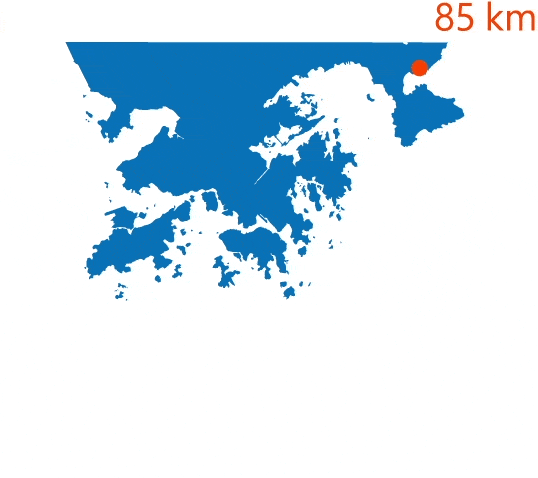
EPZ2 – 85 km
If needed, Ingestion Pathway Countermeasures will be implemented in the whole territory of Hong Kong, with monitoring of foodstuffs, livestock and drinking water.
Section 8.5.Emergency Planning Zones in Hong Kong
Countermeasures in the Daya Bay Contingency Plan (DBCP)
DBCP has established the following countermeasures to protect the public from radiation exposure via the radiation plume pathway or ingestion pathway:

Monitoring of people coming to Hong Kong from Guangdong areas within 20 km of the nuclear power stations
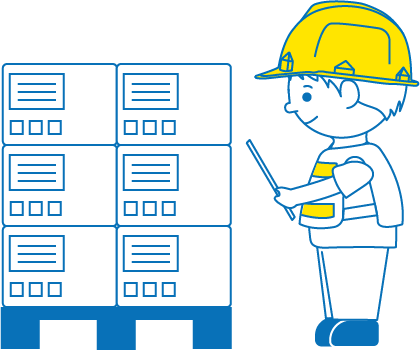
Monitoring of incoming cargo

Monitoring of people coming to Hong Kong from Guangdong areas within 20 km of the nuclear power stations

Monitoring of incoming cargo
 Control of foodstuffs, livestock and drinking water
Control of foodstuffs, livestock and drinking water
 Evacuation or sheltering
Evacuation or sheltering
 Taking stable iodine tablets
Taking stable iodine tablets
Response to Nuclear Emergency outside Daya Bay
Apart from the nuclear power stations at Daya Bay, other nuclear stations are located very far away from Hong Kong (the nearest is Taishan Nuclear Station, which is located about 130 km from Hong Kong), and pose very low risks to Hong Kong.